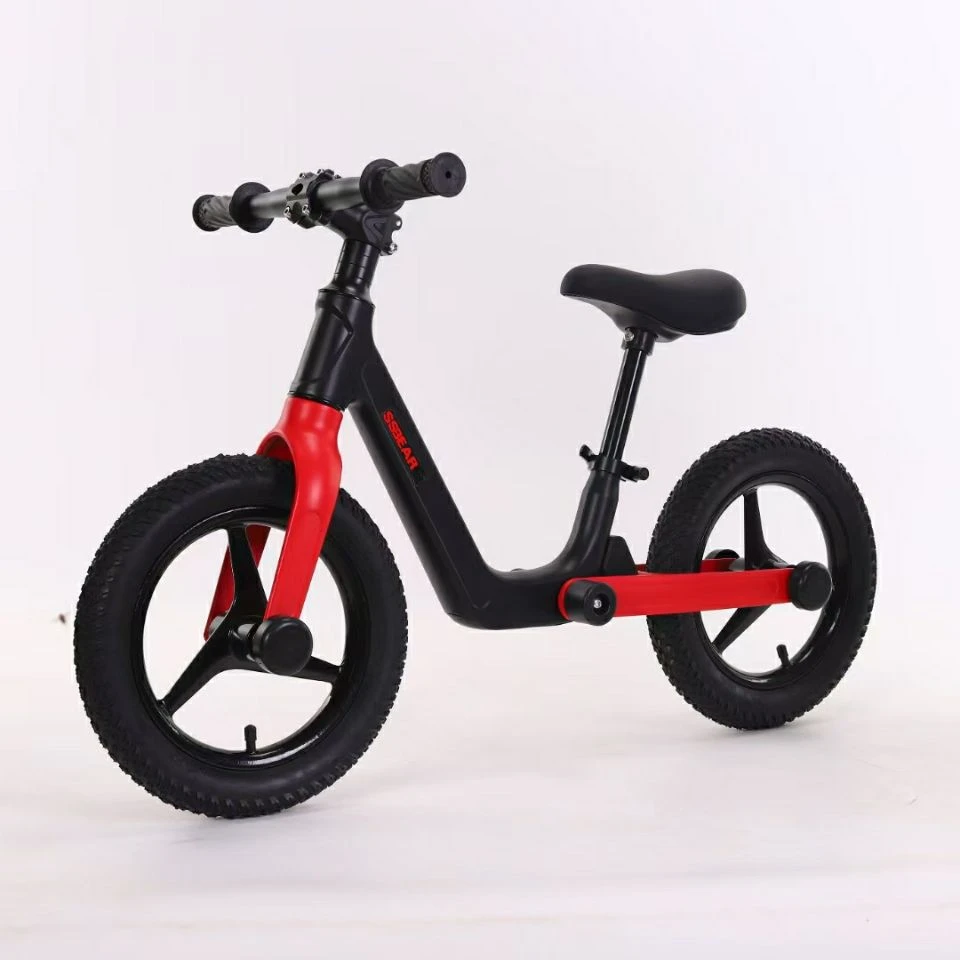Common Dimensions for Mountain Bikes Explained in Detail for Your Reference
Understanding Average Mountain Bike Dimensions A Comprehensive Guide
Mountain biking is an exhilarating sport that combines adventure, fitness, and nature, making it one of the most popular outdoor activities today. For both seasoned riders and newcomers alike, understanding the average dimensions of a mountain bike is crucial for ensuring a comfortable and efficient ride. This guide will delve into the various dimensions that make up a mountain bike, including frame size, wheel diameter, and overall geometry, providing valuable insights for bike enthusiasts.
Frame Size
The frame size is one of the most critical dimensions that you need to consider when selecting a mountain bike. The right frame size ensures that the bike fits your body correctly, allowing for better control and comfort during rides. Frame sizes are typically classified in small, medium, large, and extra-large categories, often corresponding to the rider's height.
- Small (S) Ideal for riders between 5’1” and 5’6”. - Medium (M) Suitable for those who are 5’7” to 5’11”. - Large (L) Designed for riders between 6’0” and 6’3”. - Extra Large (XL) Perfect for those 6’4” and taller.
Knowing your height and inseam measurement can help guide you in selecting the appropriate frame size. Additionally, many manufacturers provide specific size charts that can further assist you in finding the right fit.
Wheel Diameter
Another significant aspect of mountain bike dimensions is the wheel size. The three most common wheel diameters are 26”, 27.5” (often called 650B), and 29”. Each size offers unique benefits based on riding style and terrain.
- 26-Inch Wheels Once the standard for mountain bikes, 26-inch wheels are nimble and allow for quick handling, making them suitable for technical trails. - 27.5-Inch Wheels This size balances the quickness of 26-inch wheels with the rolling efficiency of larger wheels, making them versatile for various terrains. - 29-Inch Wheels Known for their ability to roll over obstacles easily, 29-inch wheels provide excellent traction and stability, especially in rough terrain. They are ideal for cross-country riding and long-distance trails.
average mountain bike dimensions

Choosing the right wheel size can significantly impact your riding experience, so it's essential to consider the type of trails you plan to tackle
.Overall Geometry
Mountain bike geometry refers to the angles and lengths of various components, which affect handling, stability, and comfort. Key geometric factors include
- Top Tube Length This measures the distance between the seat post and the head tube. A longer top tube offers a stretched-out riding position, while a shorter tube allows for a more upright position. - Seat Tube Angle This angle affects how efficiently you can pedal. A steeper seat tube angle can improve climbing efficiency, while a slacker angle provides more comfort on descents. - Head Tube Angle This refers to the angle of the front fork. A slacker head tube angle increases stability at high speeds, making it better for downhill riding, while a steeper angle allows for quicker steering, suitable for technical climbs.
Adjustability
Many modern mountain bikes come with adjustable components, such as seat posts and handlebar heights, allowing riders to fine-tune their fit according to personal preferences and riding conditions. The ability to customize your bike is crucial for enhancing comfort and performance.
Conclusion
Choosing the right mountain bike involves understanding its average dimensions, including frame size, wheel diameter, and overall geometry. By considering these factors, you can select a bike that not only fits your body but also aligns with your riding style and the terrain you plan to explore. Whether you are navigating rocky trails or pedaling through serene forests, having the right dimensions will enhance your riding experience and bring you one step closer to enjoying the open trails.
-
The Perfect Baby TricycleNewsAug.11,2025
-
Ride into Fun with Bikes for KidsNewsAug.11,2025
-
Ride into Adventure with the Perfect Kids Balance BikeNewsAug.11,2025
-
Fun and Safe Riding with the Best Childrens ScootersNewsAug.11,2025
-
Find the Perfect Childrens Bike for Your Little OneNewsAug.11,2025
-
Explore the Best Baby Tricycles for Your Little OneNewsAug.11,2025
-
Three-Wheel Light-Up Scooter Benefits for KidsNewsJul.11,2025








